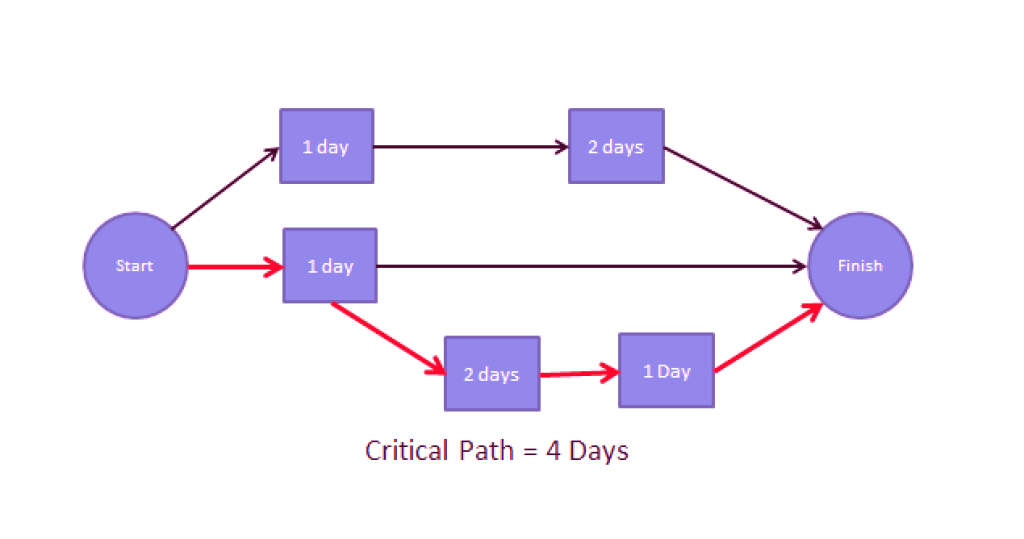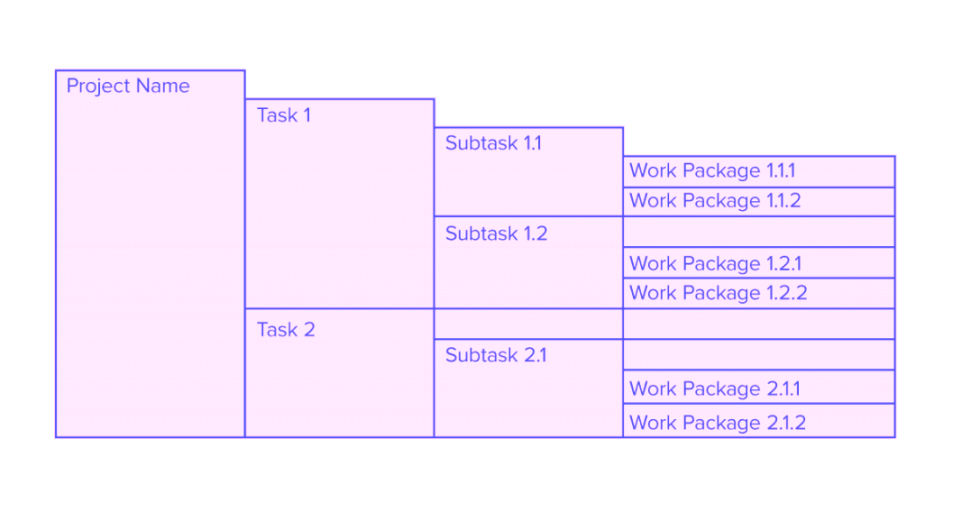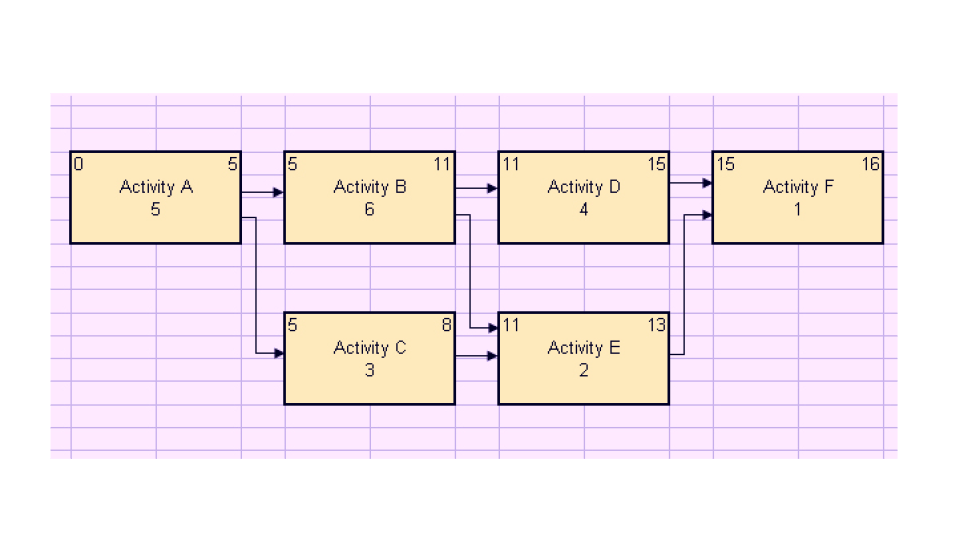Project Management Guide
Project Management Guide
What Is Project Management?
What Is a Project?
Why Is Project Management Important?
Project Life Cycle Phases
- Project Initiation
- Project Planning
- Project Execution
- Project Monitoring
- Project Closure
Project Management Methodologies
- Waterfall Project Management
- Critical Path Method
- Critical Chain Project Management
- Agile Project Management
- Scrum Project Management
- Kanban Project Management
- Lean Project Management
- Six Sigma Project Management
- PRINCE2
- PRiSM
- PMBOK Method
Project Management FAQ
What Is Free Slack or Free Float in Project Management?
Time is one resource that every project manager has to always keep an eye on. For successful projects, individual tasks and overall deliverables have to be completed according to an agreed deadline.
This is where the concept of free float comes in. Keep in mind that free float is also sometimes referred to as free slack. According to project management guru Max Wideman’s definition, free float is: “The maximum amount by which an activity can be delayed beyond its early dates without delaying any successor activity beyond its early dates.”
In other words, free float is the amount of time that an activity can be delayed by, without causing undue delay to the activities that follow.
There’s a difference between free float and total float. Free float refers to the amount of time that a task can be delayed without having an impact on the deadline of the next task. While total float is the amount of time a task can be delayed without impacting the completion time of the project as a whole.
Free float, or free slack, is an important resource that project managers should consider before scheduling projects. When estimated and made use of correctly, it can make projects sail smoothly to their destination.
Free Float and Critical Path Analysis
Experienced project managers often make use of the critical path method of project scheduling. In a nutshell, this is the longest sequential path of tasks that must be completed to conclude a project from beginning to end.
The tasks on this path should be deemed as critical, meaning that if they are delayed, the entire project deadline will also be delayed. Putting these tasks together, and estimating the dependencies and time taken by each, gives you the total duration of the project.
For many projects, determining the critical path is an essential part of project planning. This enables project managers to assign resources on time and create an accurate schedule.

The critical path analysis helps to calculate free float. Since the float is the amount of time an activity can be delayed without delaying the next task, such an analysis will provide clarity. Software can enable you to measure float by subtracting the early finish (EF) of the activity from the early start (ES) of the next activity. It can show you the gaps between critical tasks, which, when combined, gives you the total float.
Calculating Free Float
We’ve mentioned above that one formula to calculate total float is LS (Late Start) minus ES (Early Start), or LF (Late Finish) minus EF (Early Finish).
Early Start is the earliest date an activity can begin, based on predecessors and successors. Early Finish is the earliest date an activity can finish if all other tasks also finish on their respective finish dates.
On the other hand, Late Finish is the latest date an activity can finish, without delaying the project. Late Start is the latest an activity can start without affecting the planned deadline. Projects can be very different from one another, and those methods of computation of free float can also vary. In general, though, the following steps can be taken.
- Sequencing Activities: The project manager defines the sequence of tasks from beginning to end. This provides efficiency, keeping in mind internal and external constraints. It’s then important to identify and determine the dependencies or relationships between tasks.
- Determining Duration: Now, an estimate has to be made of the duration of tasks. This is the amount of time each activity will take to finish. Such estimation needs to be made for all tasks from the beginning of the project till the end.
- Scheduling Tasks: A model can then be developed that charts the progress of the project. Tasks are prioritized and resources allocated. Planned dates for start and finish are assigned across the project. Constraints are built-in, and execution details are taken into account.
There are also Critical Path Algorithms, comprising a forward pass and a backward pass. A forward pass is a way to map the schedule diagram from start to finish to find the free float. A backward pass on the other hand shows you the latest time in which activities can start and finish without crossing milestones and overall deadlines.
Once the above is carried out in a detailed manner, it should be possible to calculate both free float and total float in an efficient and practical fashion.

An Example of Free Float
A basic example can now serve to make the above concepts clear. Let’s say that in a project, the third task on the critical path has an estimated duration of 6 days. Let’s also assume that this task is occurring at the same time as the next task on the critical path, which has an estimated duration of ?9 days.
This means that the third task has a float of three days. In other words, it can be delayed by up to three days without having a measurable impact on the progress of the entire project. However, if this third task is somehow delayed by 5 days, it becomes a negative float situation of -2 days. What this means is that if steps are not taken, the overall project will now be completed two days after the scheduled deadline.
As you can see from the above, the concept of free float is applicable to critical tasks related to the project. For other allied tasks, it does not apply.
Tools to Calculate Free Float
Free float is dependent on the efficient scheduling of critical tasks. According to a paper of the Project Management Institute, a common way to express the sequence is by what is called a logic diagram.
Here, squares represent each activity and arrows represent the relationships between them. Such logic diagrams are also referred to as “Activity-on-Node” (AON) diagrams. With this, finish-to-start relationships can be mapped. After this, a string of critical activities can be derived

Nowadays, of course, project managers are aided by software and automated processes. With the right inputs, these can help to clearly determine the critical path and the free float and total float.
For best results, such software should be capable of dealing with and displaying dependencies, live dashboards, overall progress, and generating reports for distribution. Free float is an important aspect for project managers to consider. It enables them to plan for delays and disruptions so that the project is kept on track. If such delays occur due to unavoidable reasons, free float enables managers to make the best use of resources to speed up the project and deliver on time.
